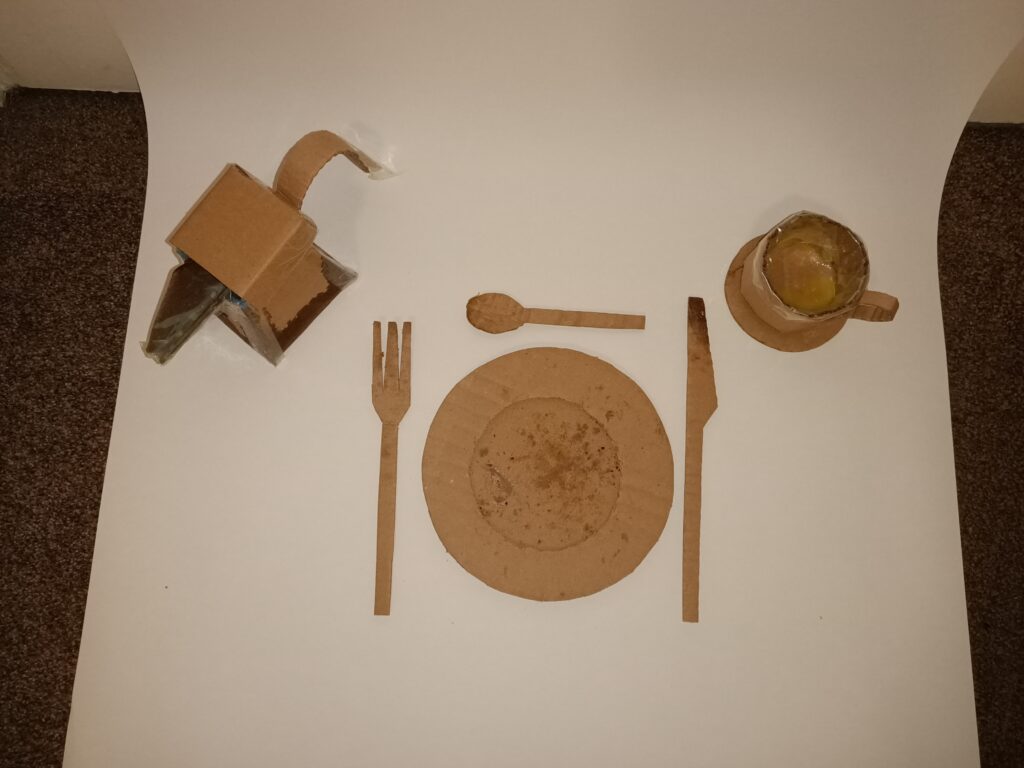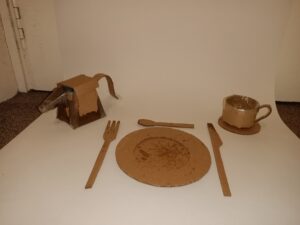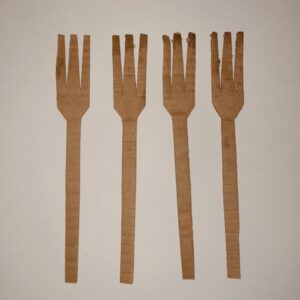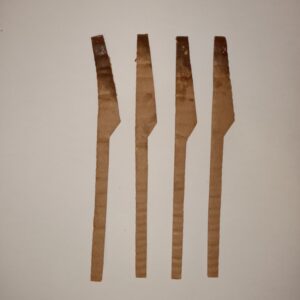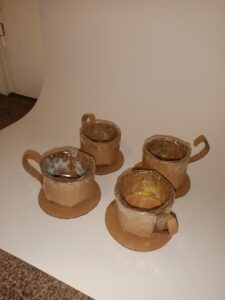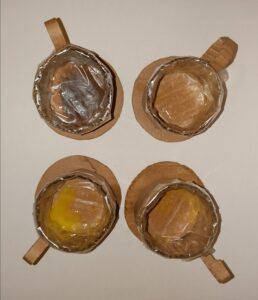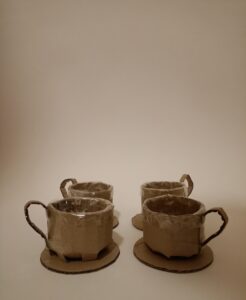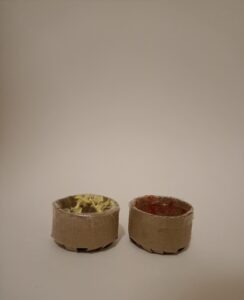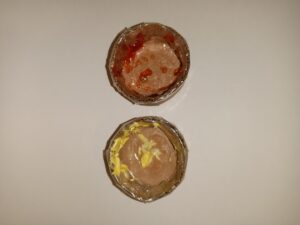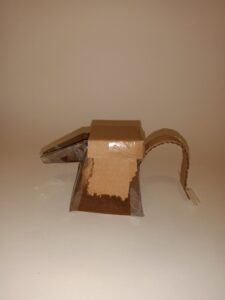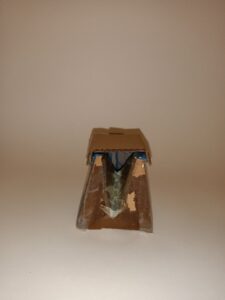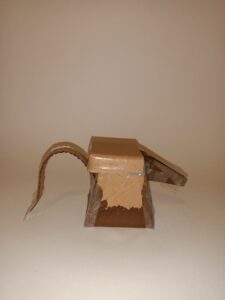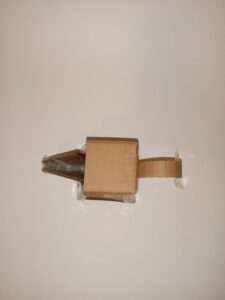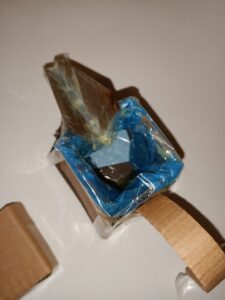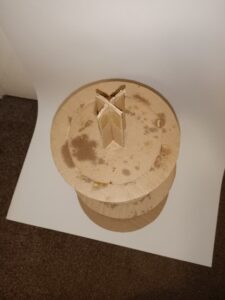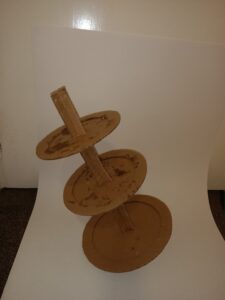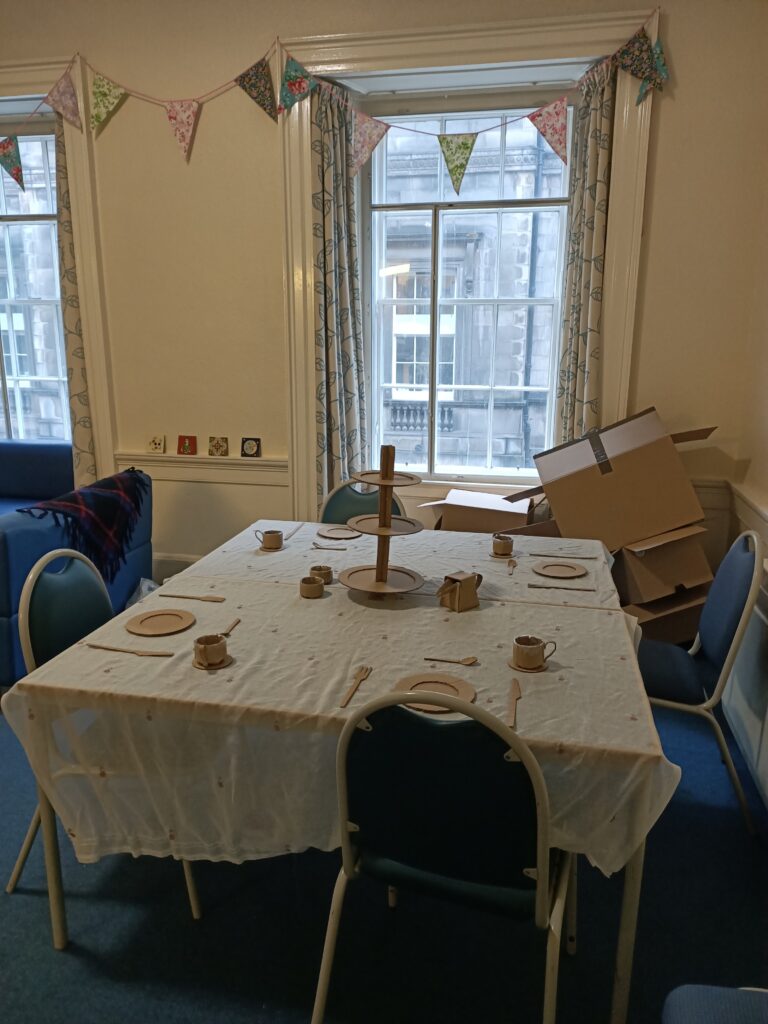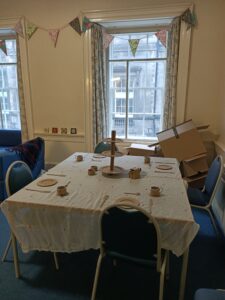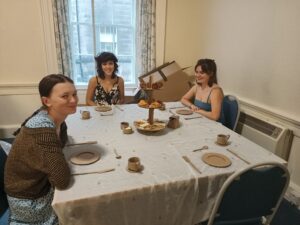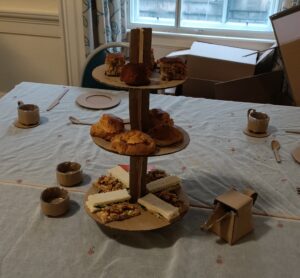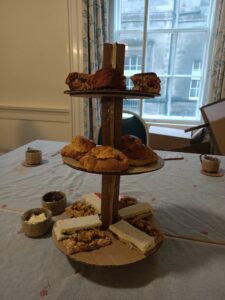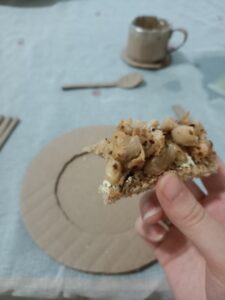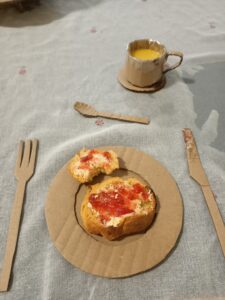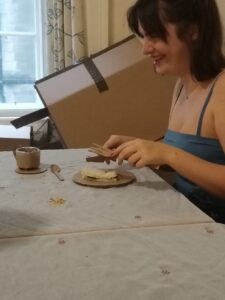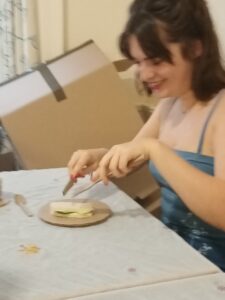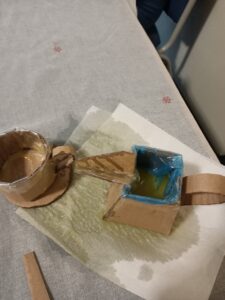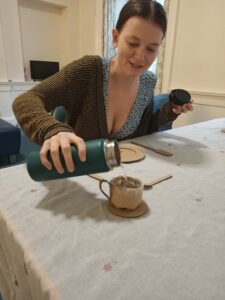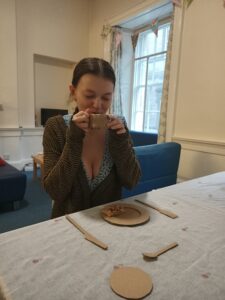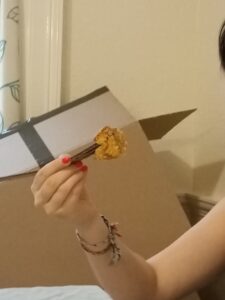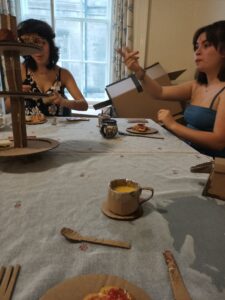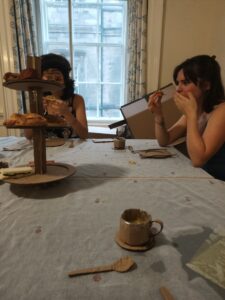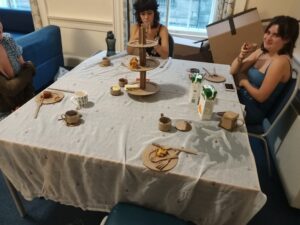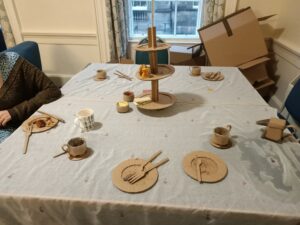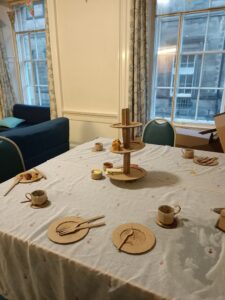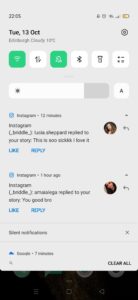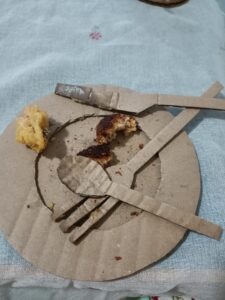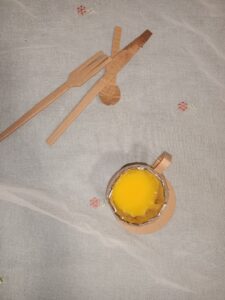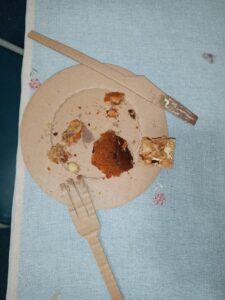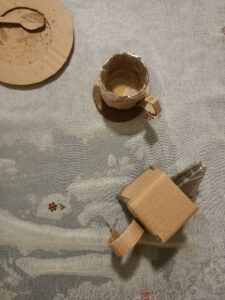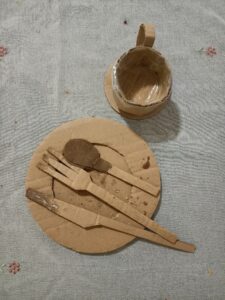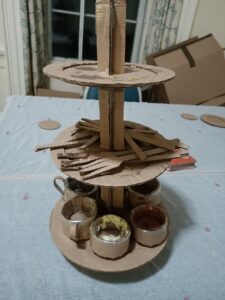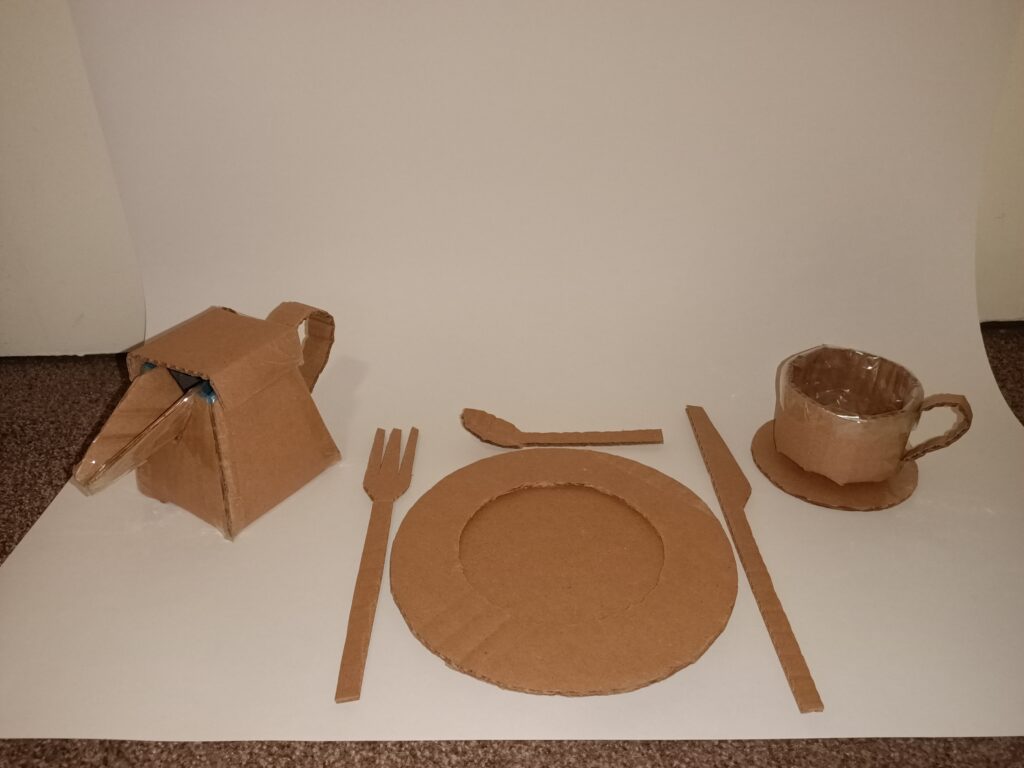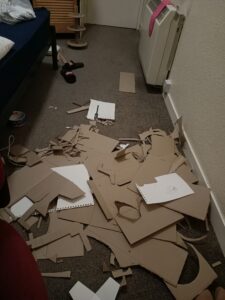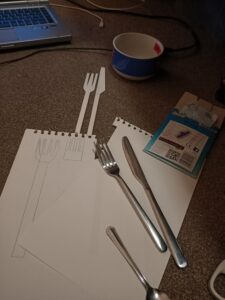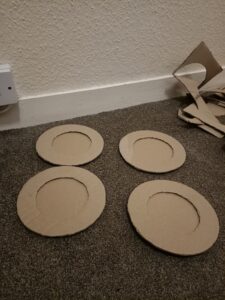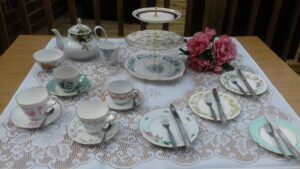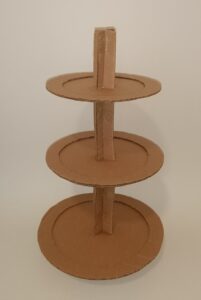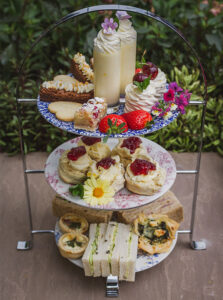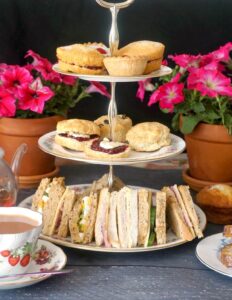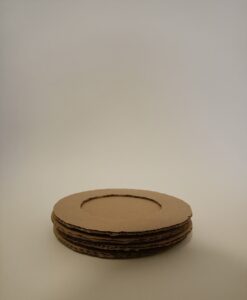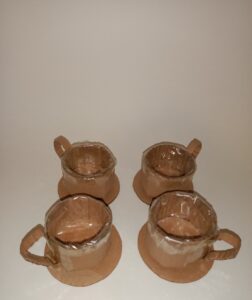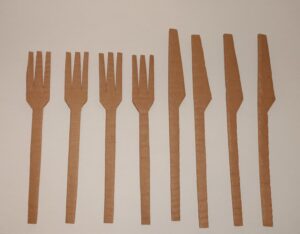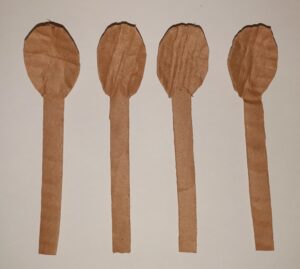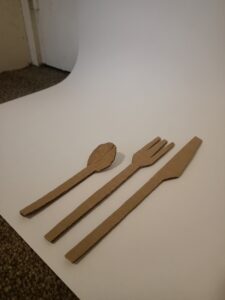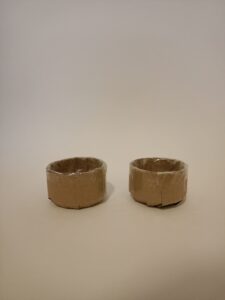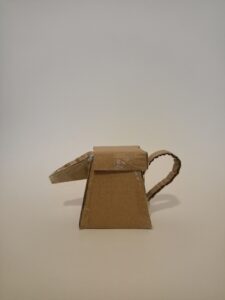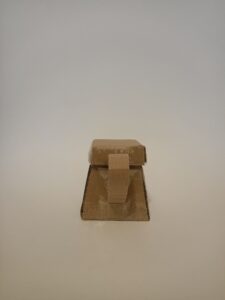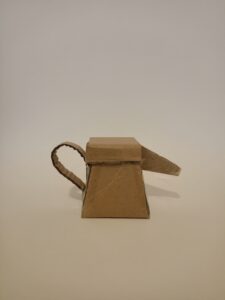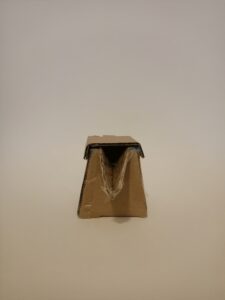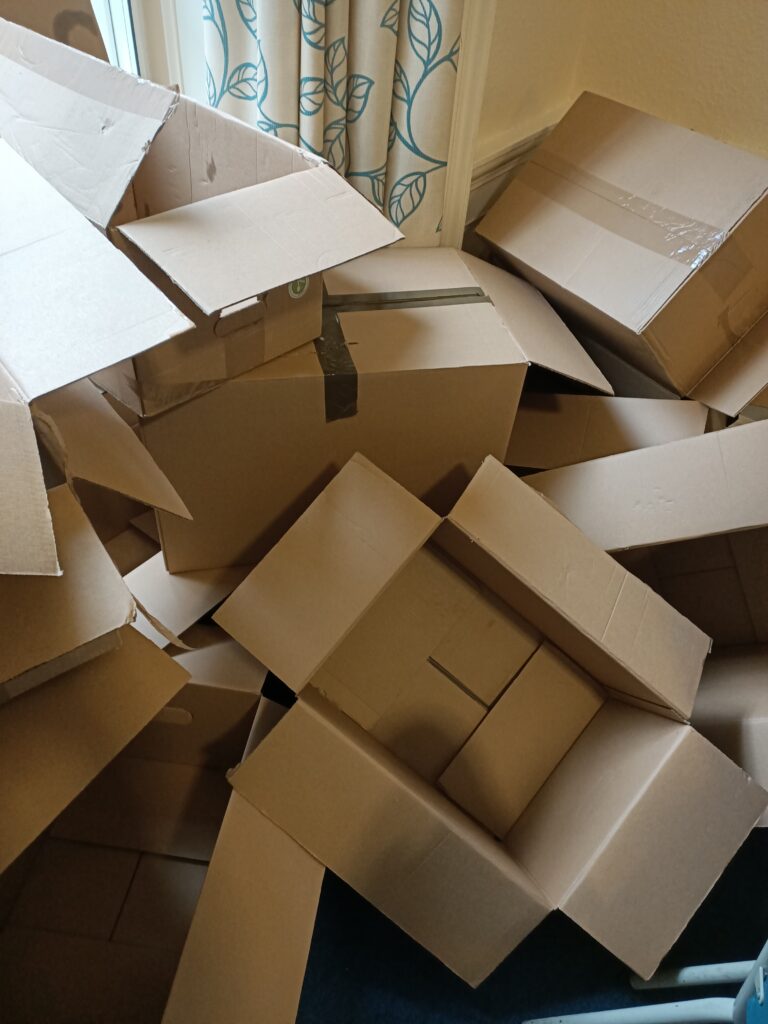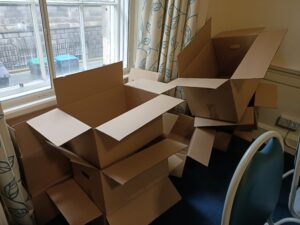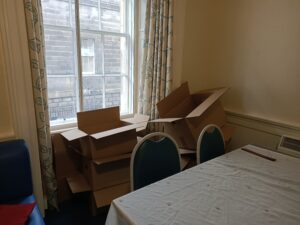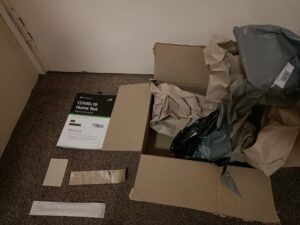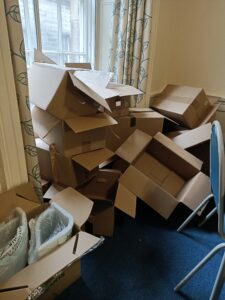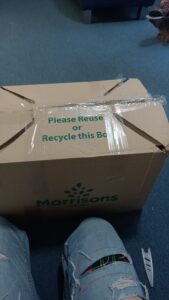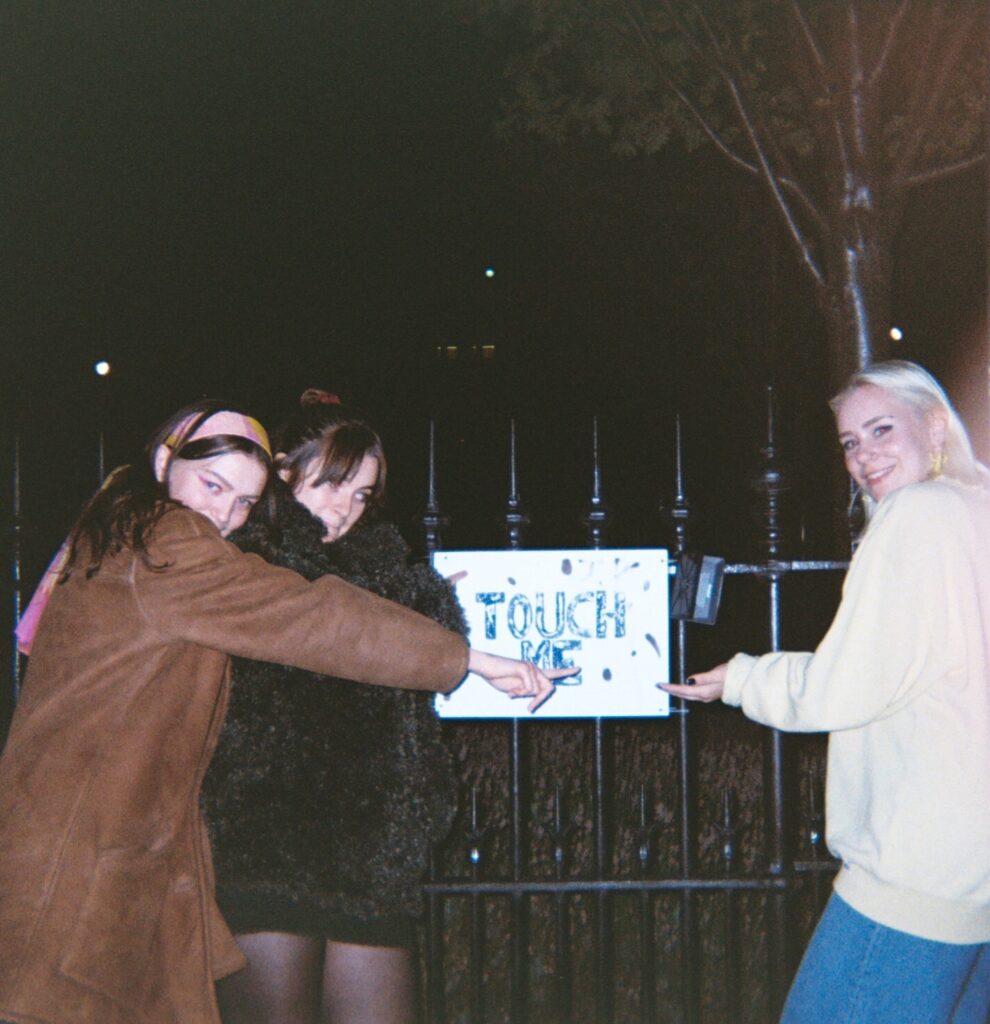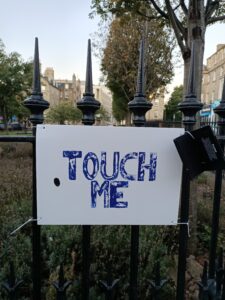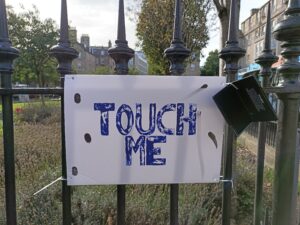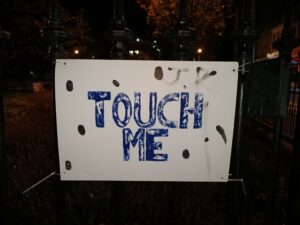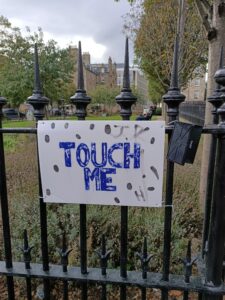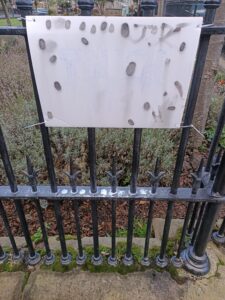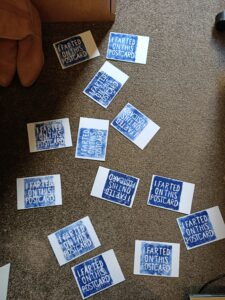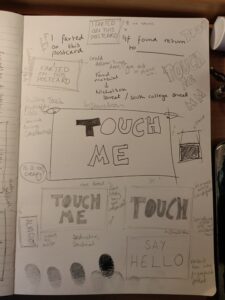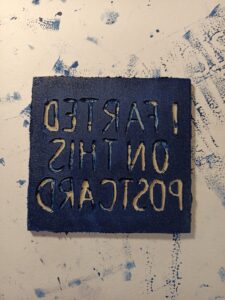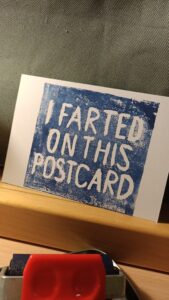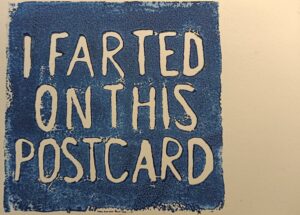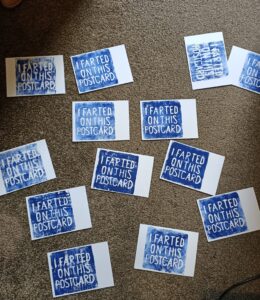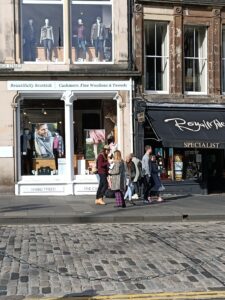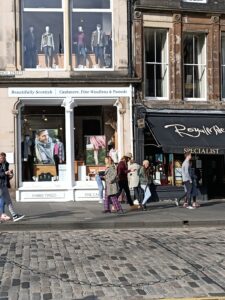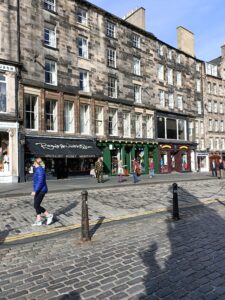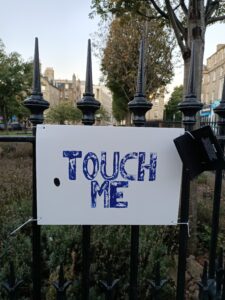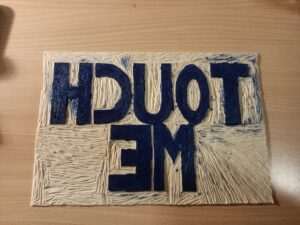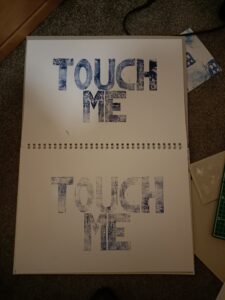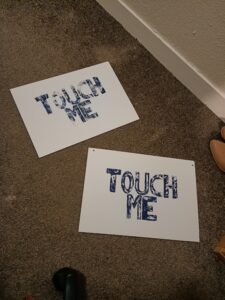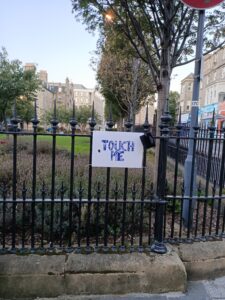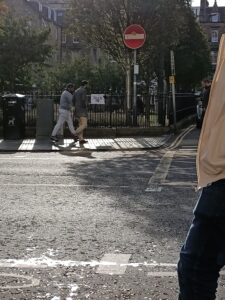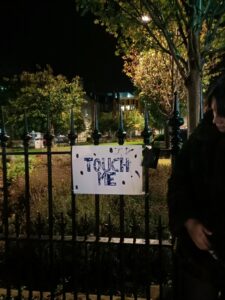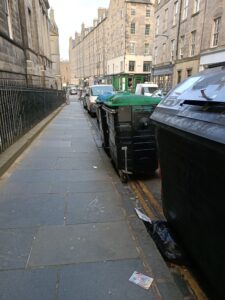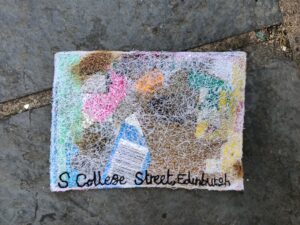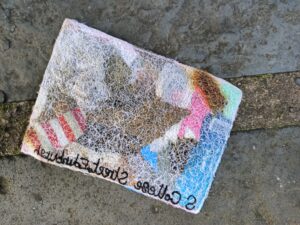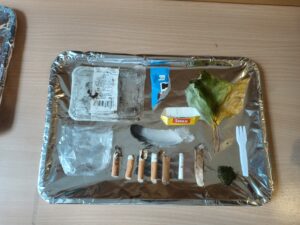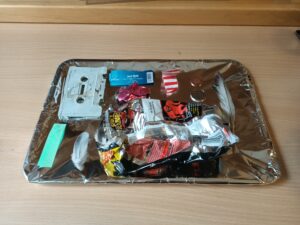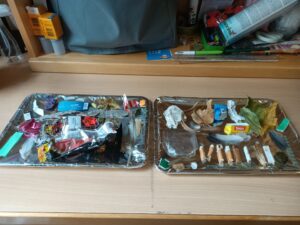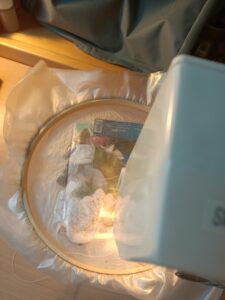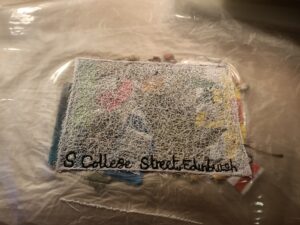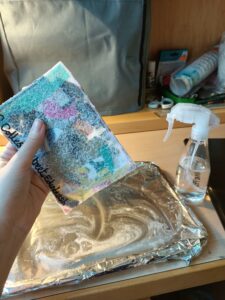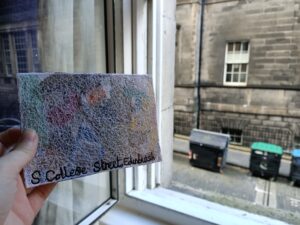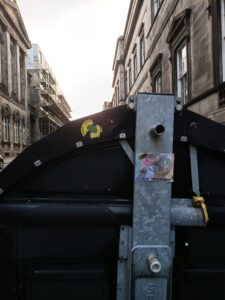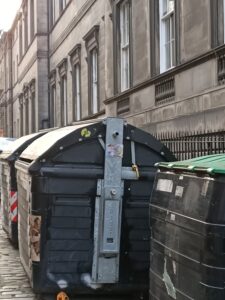Our first set project back for summer term 2021 was a two minute video in response to the theme ‘Where Are You’/’I Am Here’.
For most of the week I was rather stuck on my very first idea of short clips placed within a clip of me walking up the stairs to my flat, with the perpetually faulty fire alarm sound of my building and my footsteps setting the pace. However, after trying this idea out with a couple clips, I found I was bored, uninspired and left feeling shut in with the film.
My final idea was born from a new interest I have in my corridor. It is a large, airy and strangely shaped room, but one I hardly use, avoiding lingering there as much as possible due to the lack of sunlight and arctic temperatures. Nevertheless it is one of only five spaces I am now able to inhabit (due to the January lockdown) and part of the rent I pay to live here. The cold, impersonal walls intrigue me, as the rest of the flat is full of our clutter, it struck me that in this world of familiarity and routine, the corridor was an element of the unknown, something I am craving. I began to think about my relationship to the corridor, it being a space I passed through but had never before given a second look. Could I foster a tighter bond with this space?
My first idea along this line was to do an endurance piece, living in the corridor for a set amount of time, 24 or 48 hours, and seeing what that impact would be on a) my mind, productivity and creativity, and b) my relationship with the corridor. However, the brief for this project was a 2 minute video, and I was also running low on time. I still plan to carry out this idea at some point however.
Now that I was in the mindset of my relationship with the space being exciting, I began to think about the intimacy and romanticism I am no longer receiving from the outside world, and how I could pursue this with the corridor. Craig David’s ‘7 Days’ was stuck in my head while I was thinking about this project, and led me to consider the stages of a relationship, and how this could relate to my overall experience the past year, under various Covid lockdowns and now back in national lockdown once again. When I honestly reflected on my emotional response to these events; stages of initial excitement at the unknown, settling down into a new banal reality (while confined within my home), then the encroaching fears, panic and depression as I began to think negatively about the future and my situation, seemed to correlate strongly with the phases of romantic relationships. I decided therefore that the container of the corridor would be both sad and ironically funny enough to act, in a short film, as my new partner.
I was pretty methodical about most of my scenes for the film, visualising and bullet pointing exactly what I wanted the shots to portray. I did, however, include one section of madness, an unplanned makeup/dance segment where I would aim to completely let loose, the act of filming this part and therefore ideally the footage of it being a form of catharsis following the (metaphorical and literal) weeks of steadily declining routine. This segment would reflect my real life, in which an expressive video project with my mother towards the end of the summer lockdown pulled me out of a state of mental and physical stagnation.
Filming the piece was incredibly fun, more so than I had expected. Planning all my shots in advance was a brilliant move as it meant I was organised when it came to getting everything done in the right order, and not forgetting shots. I received help for the start and end of the film, where the camera needs to be handheld to follow me, and my friends also joined in for some of the mad blue section, but ultimately this was a project I made alone, with two cardboard boxes for a tripod and the most minimal set I could create, as I felt this played to the spaces strengths.
Editing the piece was by far the worst part. I started at 5pm on Sunday (having woken up late) and eventually finished at half past 6 Monday morning, although I was up for another hour with export issues. It was a slog, and wading through the material was difficult, but thanks to my organisation earlier in the project everything came together relatively smoothly. The biggest thing for me was getting the colour correction in, which I think I got pretty spot on to my vision, if I do say so myself. This really tied it together as a narrative and made it look 10x more professional. The sound was also a tricky part, particularly as I left this til last. I had the backing track of the broken fire alarm, but I didn’t know what I wanted to do with it, and I had also planned on recording a voice-over so that I wouldn’t have to record any dialogue, but had begun to realise the potential of that to sound horrendously cringey. In the end, a premiere pro tutorial inspired me to increase the speed of the alarm in steps, which I think worked okay, but in future I must dedicate more time to audio. I’m glad I went with the captions, rather than a voice over, as I think they add visual interest and simplify the piece. They also distance it from me, which I like.
Overall, I’m pretty happy with this film. It is a project that I have actually finished and have something substantial to show for, which is nice. I am also quite proud of some of the cinematography, which surprised me as I didn’t think I was very good with the camera – although it is certainly far from accomplished. The idea I stand by as interesting and actually reflective of where I have been and thus where I am, although I do think I lost the relationship narrative somewhere along the way.
Comments in my tutorial were net positive, while I’m not sure they fully got everything I was putting down, the main themes were communicated, and I was very happy when one of the girls thought she had accidentally set her own fire alarm off when my film started playing out of her laptop speakers. A good start.


